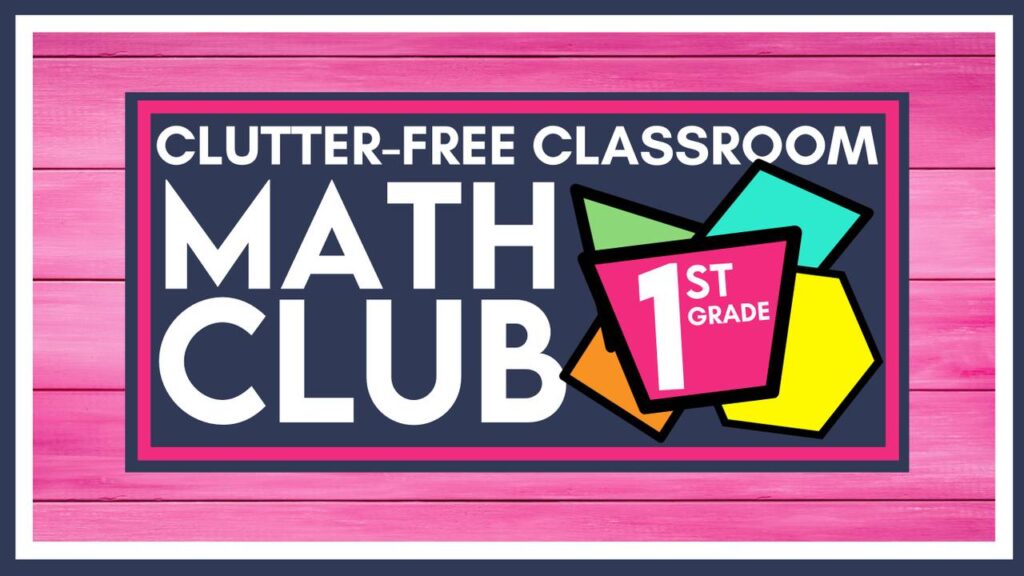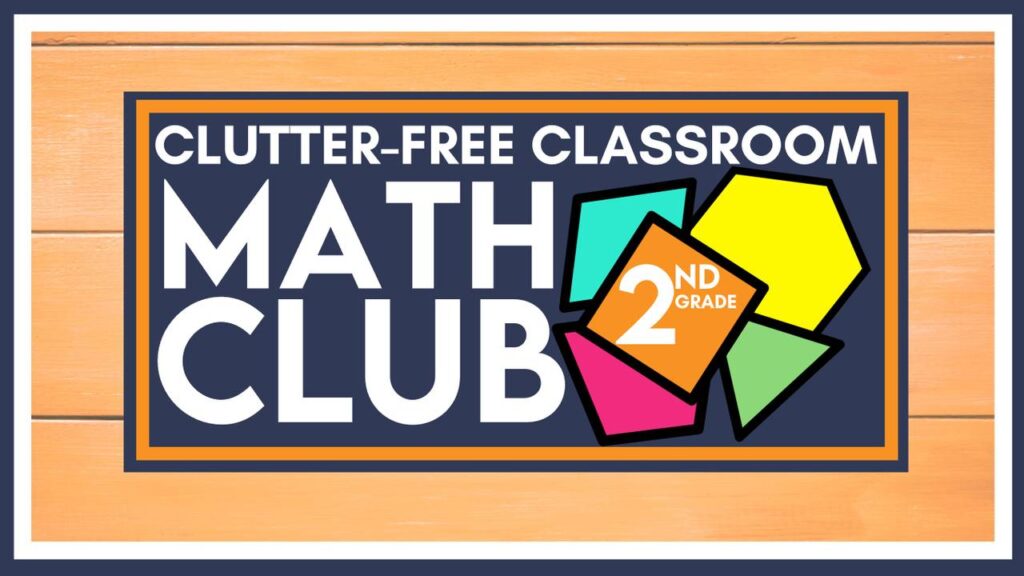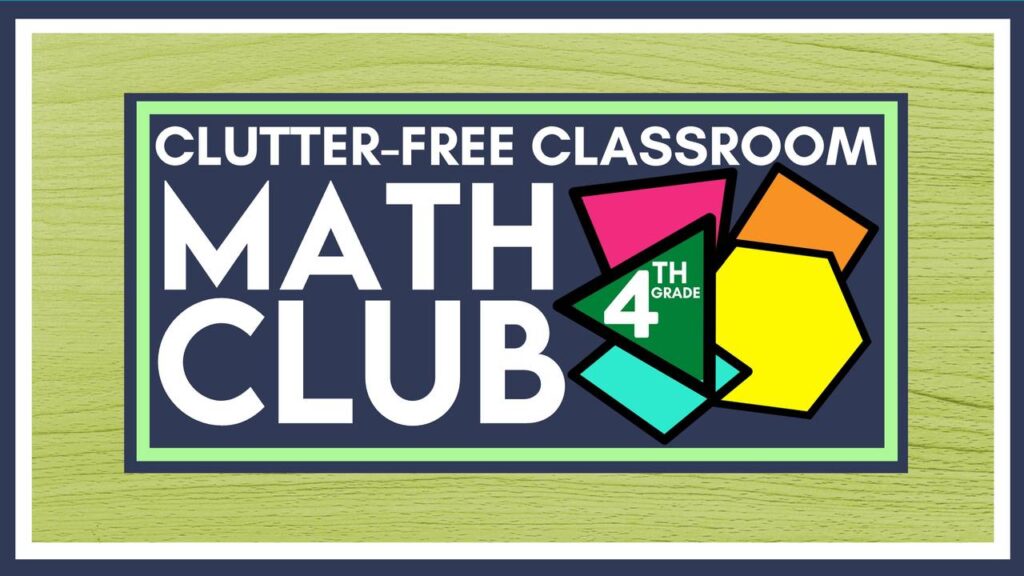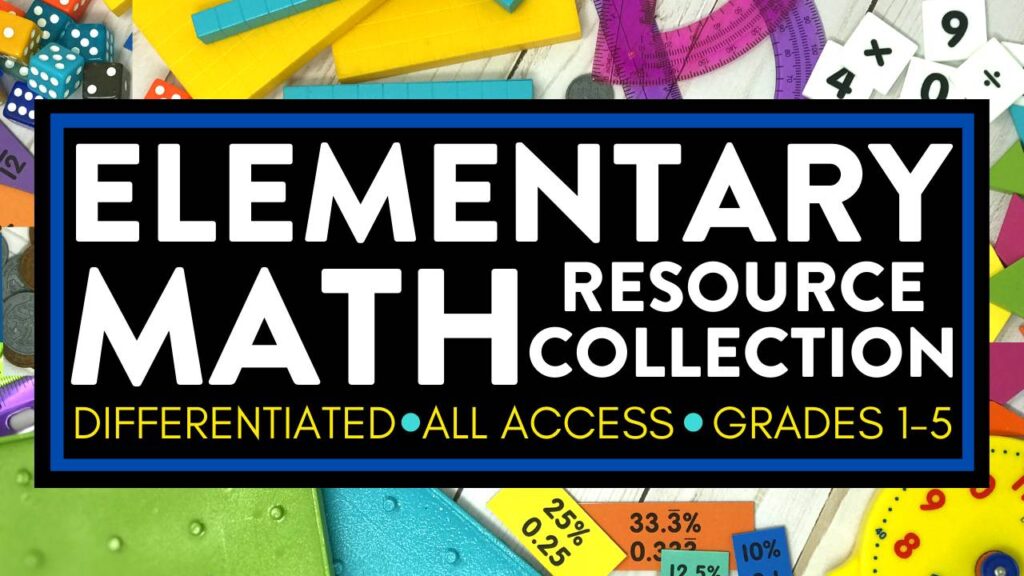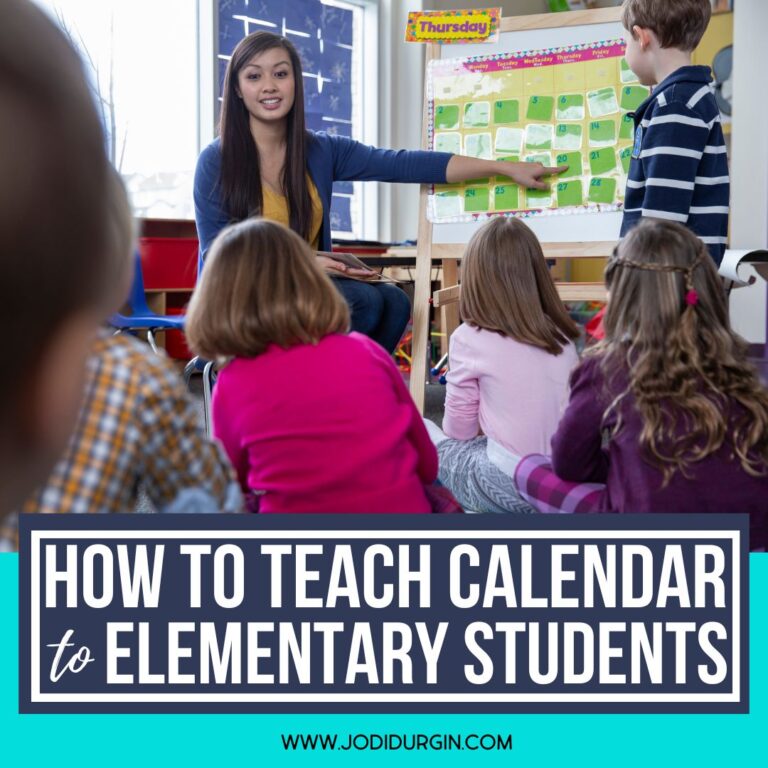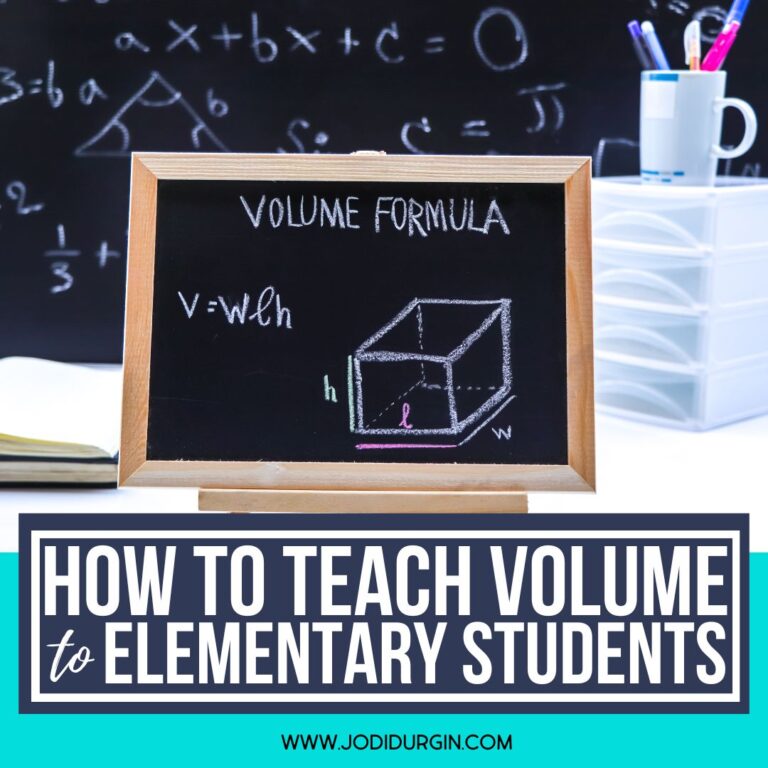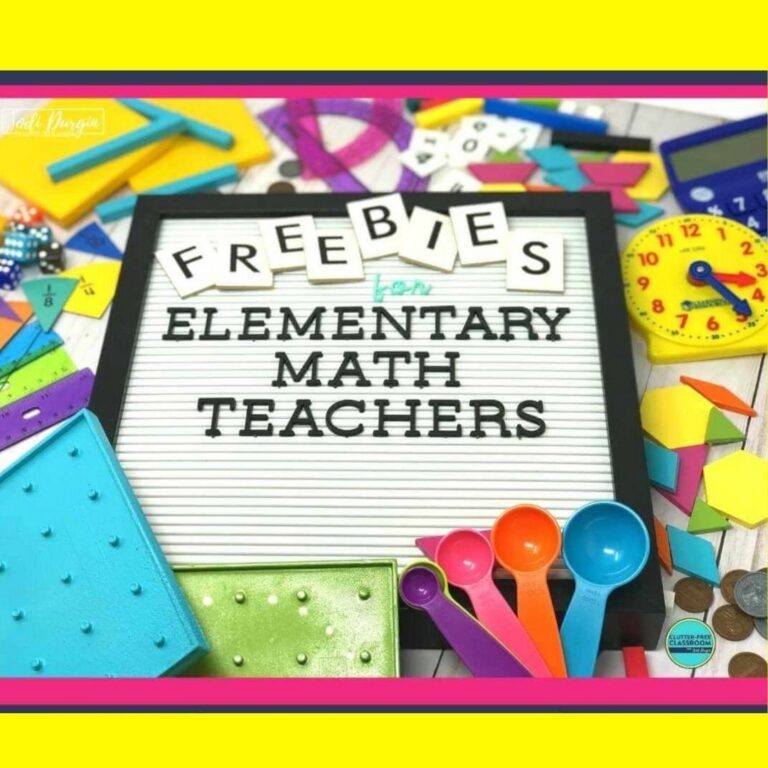If you are an elementary teacher looking for tips and ideas for how to teach division, then you found the right place! Learn what division is, why it’s important, what your students need to know, and get 5 helpful tips for teaching it in a fun and engaging way. Read all about teaching division below!

What is Division?
Division is the idea of equal sharing or splitting something equally. There are two common ways division can be used, either by partition (fair sharing) or measurement (repeated subtraction). Fair sharing is determining how many/much in each group when given the total amount and the number of equal groups. Repeated subtraction is determining how many groups of the same size can be created when given the total amount and the amount in a group.
Why is Division Important?
It is important for students to learn division because it is one of the four main arithmetical operations. Learning division is an essential step as students prepare for more advanced mathematical concepts. Students must first develop a conceptual understanding of division before memorizing division facts. Without this understanding, students will have a difficult time applying their understanding to real world problems.
What Division Skills Do Students Need to Know?
Below are the Common Core and TEKs standards that relate to division that define what students should be able to do by the end of the school year.
Common Core Standards
Below are the CCSS standards related to how to teach division.
3rd Grade
- Interpret whole-number quotients of whole numbers, e.g., interpret 56 ÷ 8 as the number of objects in each share when 56 objects are partitioned equally into 8 shares, or as a number of shares when 56 objects are partitioned into equal shares of 8 objects each. For example, describe a context in which a number of shares or a number of groups can be expressed as 56 ÷ 8. (3.OA.A.2)
- Understand division as an unknown-factor problem. For example, find 32 ÷ 8 by finding the number that makes 32 when multiplied by 8. (3.OA.B.6)
- Determine the unknown whole number in a multiplication or division equation relating three whole numbers. For example, determine the unknown number that makes the equation true in each of the equations 8 × ? = 48, 5 = _ ÷ 3, 6 × 6 = ? (3.OA.A.4)
- Fluently multiply and divide within 100, using strategies such as the relationship between multiplication and division (e.g., knowing that 8 × 5 = 40, one knows 40 ÷ 5 = 8) or properties of operations. By the end of Grade 3, know from memory all products of two one-digit numbers. (3.OA.C.7)
4th Grade
- Find whole-number quotients and remainders with up to four-digit dividends and one-digit divisors, using strategies based on place value, the properties of operations, and/or the relationship between multiplication and division. Illustrate and explain the calculation by using equations, rectangular arrays, and/or area models. (4.NBT.B.6)
5th Grade
- Find whole-number quotients of whole numbers with up to four-digit dividends and two-digit divisors, using strategies based on place value, the properties of operations, and/or the relationship between multiplication and division. Illustrate and explain the calculation by using equations, rectangular arrays, and/or area models. (5.NBT.B.6)
TEKS
Below are the TEKS standards related to how to teach division.
3rd Grade
- determine the number of objects in each group when a set of objects is partitioned into equal shares or a set of objects is shared equally; (3.4H)
- determine a quotient using the relationship between multiplication and division; (3.4J)
- determine the unknown whole number in a multiplication or division equation relating three whole numbers when the unknown is either a missing factor or product; and (3.5D)
- recall facts to multiply up to 10 by 10 with automaticity and recall the corresponding division facts; (3.4F)
4th Grade
- Solve with fluency one- and two-step problems involving multiplication and division, including interpreting remainders. (4.4.H)
- Represent the quotient of up to a four-digit whole number divided by a one-digit whole number using arrays, area models, or equations; (4.4.E)
- Use strategies and algorithms, including the standard algorithm, to divide up to a four-digit dividend by a one-digit divisor; (4.4.F)
5th Grade
- Solve with proficiency for quotients of up to a four-digit dividend by a two-digit divisor using strategies and the standard algorithm; (5.3.C)
5 Tips for How to Teach Division
Below are 5 helpful tips for teaching division to elementary students.
1. Read Aloud Picture Books that Teach Division
Reading aloud picture books is a great way to integrate literacy into your math block and present information in a different way. Our favorite picture books for teaching division are A Remainder of One by Elinor J. Pinczes, Equal Shmequal by Virginia Kroll and The Great Divide: A Mathematical Marathon by Dayle Ann Dodds. Check out the full list of math picture books we recommend!
2. Offer Hands On Learning Experiences
Hands-on math experiences help students make connections, remember their learning, and develop a deep conceptual understanding of the content. You can make any lesson interactive and engaging by offering math manipulatives. Our favorite math manipulatives for teaching division are dice, dinosaur counters, bear counters, bug counters and number tiles.
3. Explicitly Teach Related Math Vocabulary
Teaching math vocabulary is essential for all students, but it is especially beneficial for students who speak English as a second language and students with learning differences. Key vocabulary terms for division are dividend, division, divisor, equal groups, factor, measurement division, repeated subtraction, quotient, remainder, divide, division equation, array, share, equations, strategy, unknown, whole numbers and fact family.
4. Give Students Opportunities to Apply Division to the Real World
Learning becomes more meaningful when students understand how it connects to the real world. Students are more engaged and invested in their learning. Some examples of ways we use division in the real world are displaying cupcakes on a stand, equally distributing pencils to students, and sharing treats among your dogs. Project based learning and word problems are examples of opportunities for students to apply their learning to real world situations.
5. Encourage Parent Involvement
Parent participation in math is essential because it impacts students’ attitude toward math, proficiency levels this school year, and future success in their math education. Be sure to keep communication open with families and share ways they can support their children in their math learning. Some examples of ways they can practice division at home are when they are sharing toys, food or money.
In closing, we hope you found this information about how to teach division helpful!

